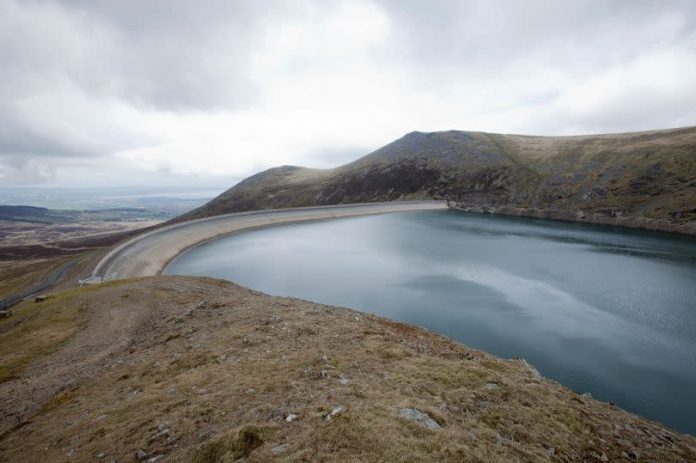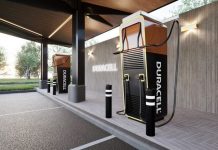
The preparation of a 10-year project of refurbishment at ENGIE’s Dinorwig pumped storage station has begun, following an 8-year refurbishment at Ffestiniog, enabling the delivery of clean energy whenever needed.
These flexible generation assets, based in North Wales, are essential to the UK Government’s accelerated target of achieving a net zero carbon power grid by 2030. Together they help keep the national electricity system balanced, offering instant system flexibility at short notice. The plants are reaching end of life and replanting will ensure clean energy can continue to flow into the next few decades.
Re-planting could see the complete refurbishment of up to all six generating units at Dinorwig – a final investment decision is still to be made on the number of units to replace – while the re-planting at Ffestiniog will be completed at the end of 2025. The program also involves the replacement of main inlet valves – with full drain down of the stations – and detailed inspections of the water shafts.
Due to the complexity and the scale of engineering involved, and the necessity to keep the plant as available as possible to serve the electricity system, the re-planting project for Dinorwig will take up to ten years, involving specialist technology, bespoke lifting systems, and expert contractors.
Before the main inlet valves can be replaced – preparation will be completed in 2025 – the plant must be drained down, a slow and careful process which takes two weeks due to the high water pressure levels. The drainage is a rare procedure, typically carried out every 40 years. During this time, engineers will climb inside the water shafts, carrying out a thorough safety and integrity inspection.
The valves themselves, which are amongst the largest valves in existence, were modelled at a reduced scale in a lab and designed as fully working scale models to drive efficiencies. AI was used to optimise and improve the infrastructure and technology. These valves are now waiting to be installed at Dinorwig station, where specialist engineers will lathe and fine tune the seal on site for up to two weeks.
Miya Paolucci, UK CEO, ENGIE, said, “Flexible storage is essential for net zero carbon operation of Britain’s electricity system. It helps balance the system by ensuring there’s always a large volume of “back up” power on standby, that can be delivered in very fast timescales if required. We’re very proud to contribute to the electricity security of supply and green energy ambition of the UK with these extraordinary assets.”
First Minister of Wales, Eluned Morgan said, “The renewable energy sector is creating exciting economic opportunities for Wales and is vital in ensuring we meet our future energy targets while reducing our reliance on fossil fuels.
“Investments such as these create high quality jobs for the local community. ENGIE is a longstanding investor in Wales, employing around 200 permanent staff and I’m pleased to support its replanting scheme, which will see the facilities continue to operate for another 25 years.”
Secretary of State for Energy Security and Net Zero, Ed Miliband said, “The UK needs long-term energy storage and reliable, flexible low-carbon power to deliver clean power by 2030.
“Companies like ENGIE understand that clean energy is the economic opportunity of the 21stcentury, and are investing in the technologies the UK needs to support lower energy bills, protect our energy security, and create good local jobs.”
Ffestiniog, one of the first pumped hydro-electric systems in the UK, was opened in 1963 by Her Majesty, Queen Elizabeth II. As the older of the two plants, refurbishment is already underway, with two units already rebuilt and the last two units set to go live by the end of 2025.
Dinorwig, the largest and fastest-acting pumped storage station in Europe, followed in 1984 and was regarded as one of the world’s most imaginative engineering and environmental projects. At Dinorwig, 2 of the 6 unit Main Inlet Valves were replaced in 2023; with the remaining 4 valves to be installed in 2025. The full replanting to replace up to six pump-turbines and generator-motors (the final investment decision is yet to be taken) will take up to ten years to complete.
Pumped storage hydropower is a vital low carbon energy source. At times of high demand, or when the wind isn’t blowing and the sun isn’t shining, and more electricity is required on the national transmission system, the plants release water to generate electricity.
At times of low demand, when there is a lot of clean renewable power flowing, the plants pump water back up the mountain, ready for when it’s needed again.



